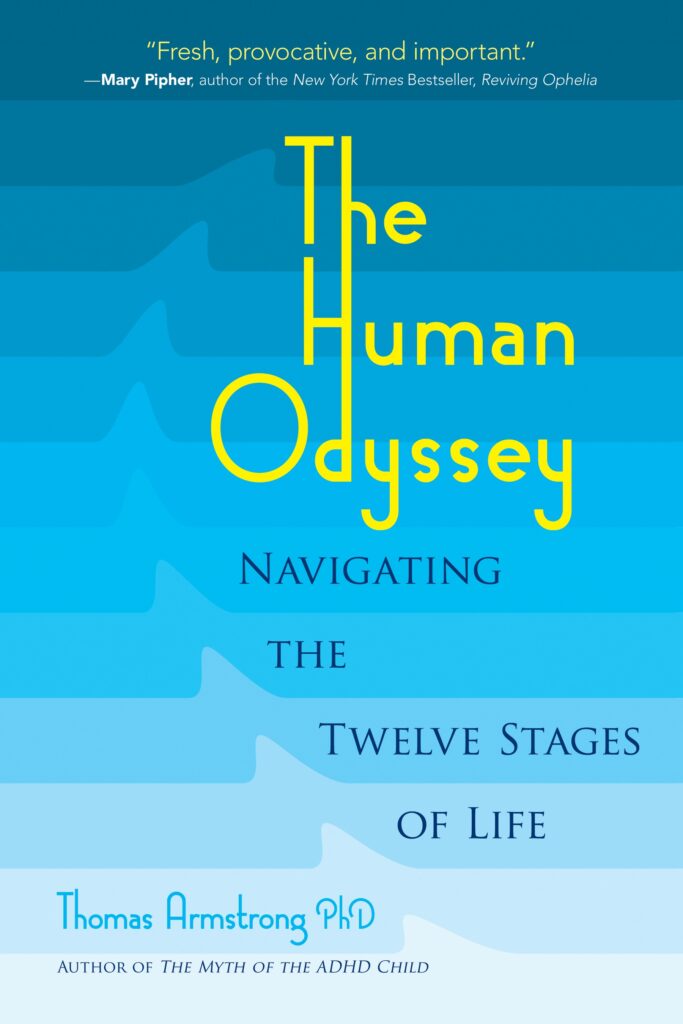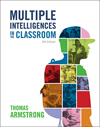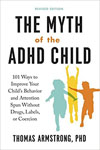 Our culture is a speed-driven culture. We celebrate individuals who race fast cars (even when they die in them). We eat fast food. We are clock-driven at work. We like the idea of accelerated learning. I just googled the term ‘’accelerated learning’’ and found scores of sites, books, programs, and other paraphernalia that put a primacy on speed in learning. I googled ”slow learning” and came up with information about ”learning disabilities.” We say that the child who is intelligent is ‘’quick.’’ Conversely, we say that the so-called less intelligent child is a ‘’slow learner.’’
Our culture is a speed-driven culture. We celebrate individuals who race fast cars (even when they die in them). We eat fast food. We are clock-driven at work. We like the idea of accelerated learning. I just googled the term ‘’accelerated learning’’ and found scores of sites, books, programs, and other paraphernalia that put a primacy on speed in learning. I googled ”slow learning” and came up with information about ”learning disabilities.” We say that the child who is intelligent is ‘’quick.’’ Conversely, we say that the so-called less intelligent child is a ‘’slow learner.’’
Who decided that fast is good, anyway? I seem to recall that Einstein was considered a slow learner as a child, because he didn’t pipe right up with a quick verbal response to questions posed to him by family members (later, in adulthood, he said ‘’words play no role in my thinking’’). He liked to think thoroughly about a problem, think it all the way through to its logical conclusions (and he used a lot of imagery to help him do this). That took time.
I’ve noticed in my own experience with children who are placed in special education that there is often this element of pondering. I remember one student whose teachers told me he had serious learning disabilities, who spoke very slowly, with many pauses in between words. Well, there you have it, a slow learner. But when I listened to what he had to say, I discovered a richness and profundity beyond his years. His ideas were unique. They weren’t like those of his peers. His ideas didn’t match the tempo or style of the educational program he was in, so he clearly was an out-of-sync student, but he was out-of-sync with a conformist cookie-cutter curriculum. We need to treasure kids like these, not relegate them to the special ed. dumping grounds of our schools.
We should have posters up in our schools proclaiming: ”Slow is Good!” After all, it took James Joyce seventeen years to write his final book Finnegan’s Wake. It took Michaelangelo forty years to complete the statues for the tomb of his patron Pope Julius II. It took German polymath Johann Wolfgang von Goethe fifty-nine years to complete his magnum opus Faust, from earliest sketches to finished product. Can you imagine any these creators in the typical high school literature or art class trying to cope with the limitations of the forty-three minute class period? ‘’Okay, Michaelangelo, let’s get a move on with that final art project of yours, the bell is going to ring in seven minutes!’’
Now, it’s true that these administratively convenient ‘’time units’’ aren’t going away any time soon. They are the bailiwick of many school administrators, who work to clip off minutes here and add seconds there, as if they were editing a video file (and often doing so to meet governmental regulations). But let’s not kid ourselves when we see students fail to perform as they peddle their way across the speed bumps of a typical school day. The fault may not lie with the student, but with the way that the schools organize time (we’ve already seen how schools start too early in the day for the internal time clocks of many adolescents)..
For the ‘’quick’’ student who zips through an assignment, his major problem is going to be boredom. But for the ”thorough” student, the student who ponders things, the student who has a slower cognitive tempo, these constraints with time are going to be disabling. So who has the disability? Is it the student or the learning environment?
Which raises the question: why don’t we provide negative labels for environments rather than students? We’ve got plenty of negative labels for students. LD, ADD, ASD, and SCT (see below). Isn’t it about time that we start using our handy dandy label-gun to shoot out a few stickers for school settings? For example, ‘’the reason that this child is not ‘performing well in class is because he is in a ‘’temporally disordering learning environment.’’ (TDLE).
Well, you know that this isn’t going to happen real soon. As it turns out, the medical community has already come up with a new label for students who have a slower cognitive tempo. They call it ‘’sluggish cognitive tempo.’’ (SCT)[i] I’m not making this up! SCT may one day overtake America’s other great learning diseases of the last four decades, LD and ADHD, in popularity. But in the meantime, we ought to reconsider the value we place on speed and the lack of value we put on slowness. Remember in the Aesop Fable ”The Tortoise and the Hare,” it’s the tortoise who eventually wins the race!
———
[i]See for example, José J. Bauermeister, Russell A. Barkley, José A. Bauermeister, José V. Martínez, Keith McBurnett, ‘’Validity of the Sluggish Cognitive Tempo, Inattention, and Hyperactivity Symptom Dimensions: Neuropsychological and Psychosocial Correlates,’’ Journal of Abnormal Child Psychology, July 2012, Volume 40, Issue 5, pp 683-697.
Given his own childhood background, and offered the opportunity to create his own school, Albert Einstein would likely give students more time to complete their schoolwork. For some other innovations that Einstein might provide in school, see my book If Einstein Ran the Schools: Revitalizing U.S. Education
This page was brought to you by Thomas Armstrong, Ph.D. and www.institute4learning.com.
Follow me on Twitter: @Dr_Armstrong



















